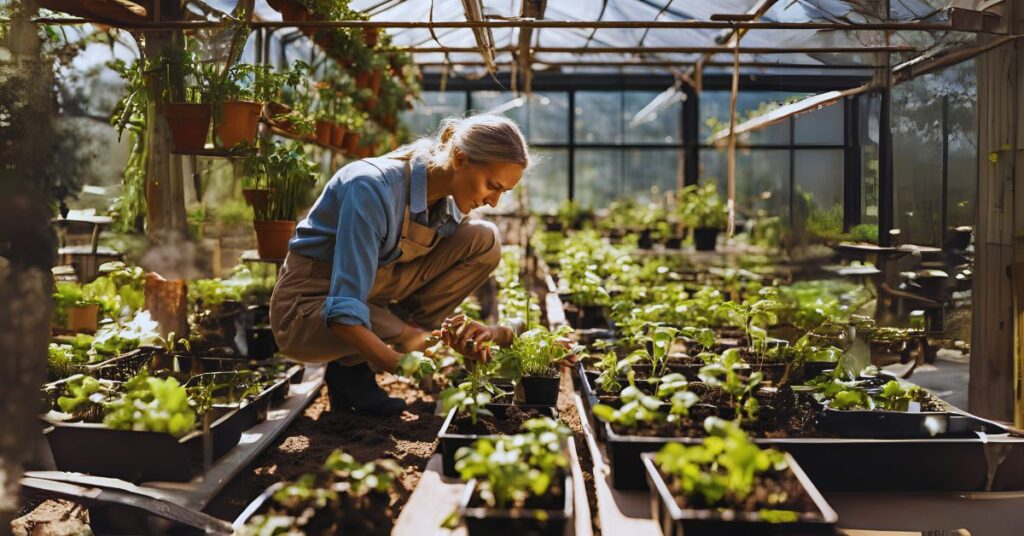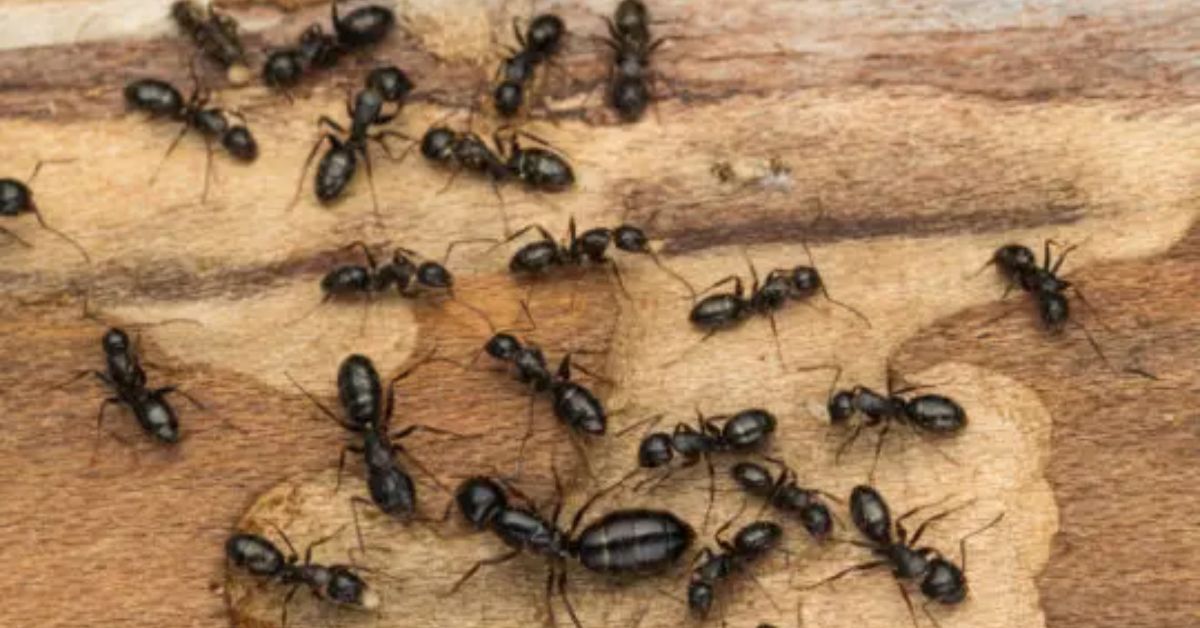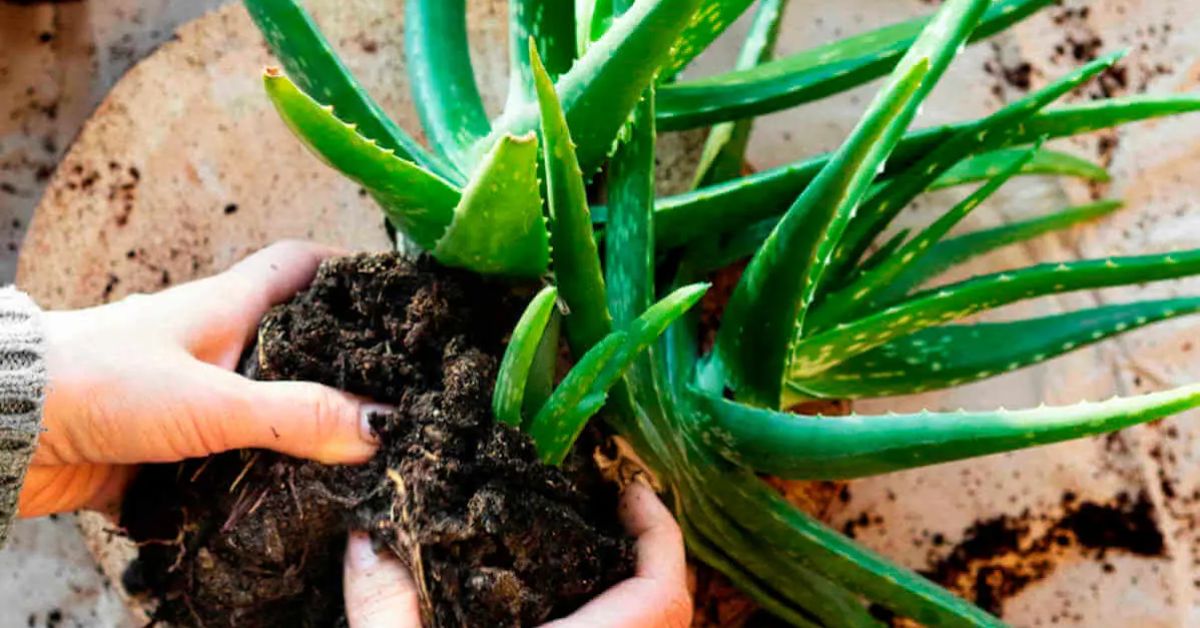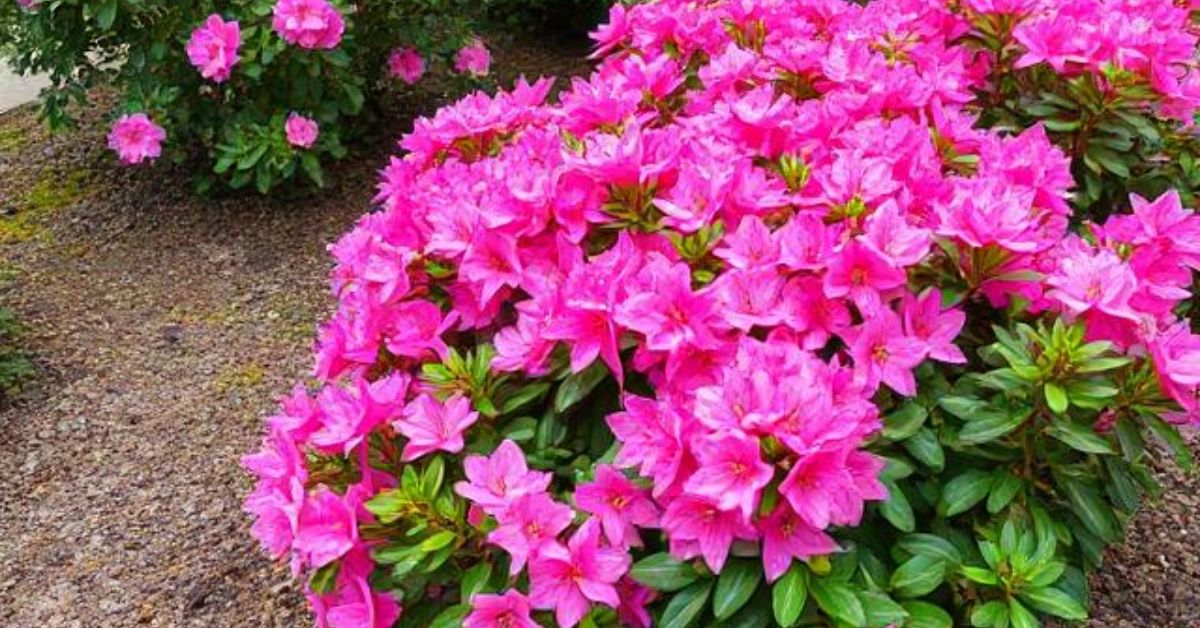If you live in an area with long winters, Fixes for Leggy Seedlings is a terrific method to stay ahead of the season. However, this calls for close attention to detail to give your seedlings the best chance of success is needed. Insufficient growth conditions, such as inadequate light, water, ventilation, and spacing, can result in lanky seedlings that are too fragile to withstand the strain of the season and too spindly to produce fruit. We asked gardening experts for advice on avoiding leggy seedlings to prevent this from occurring.
What are Kale Seedlings Leggy?
When seedlings get incredibly tall, thin, and lanky, they are called “leggy.” Taller does not necessarily translate into better, healthier plants in the world of seedlings! Conversely, thin, lanky seedlings are usually quite frail. They could also appear golden or pallid.
Kale seedlings leggy do not need to reach a specific height to be considered lanky. Comparing them to healthy seedlings of the same type grown under optimum conditions is more important because the latter will remain considerably shorter than their less contented, lanky relatives. With time and experience, you’ll learn what constitutes gross lethality.
How to Identify Leggy Seedlings?
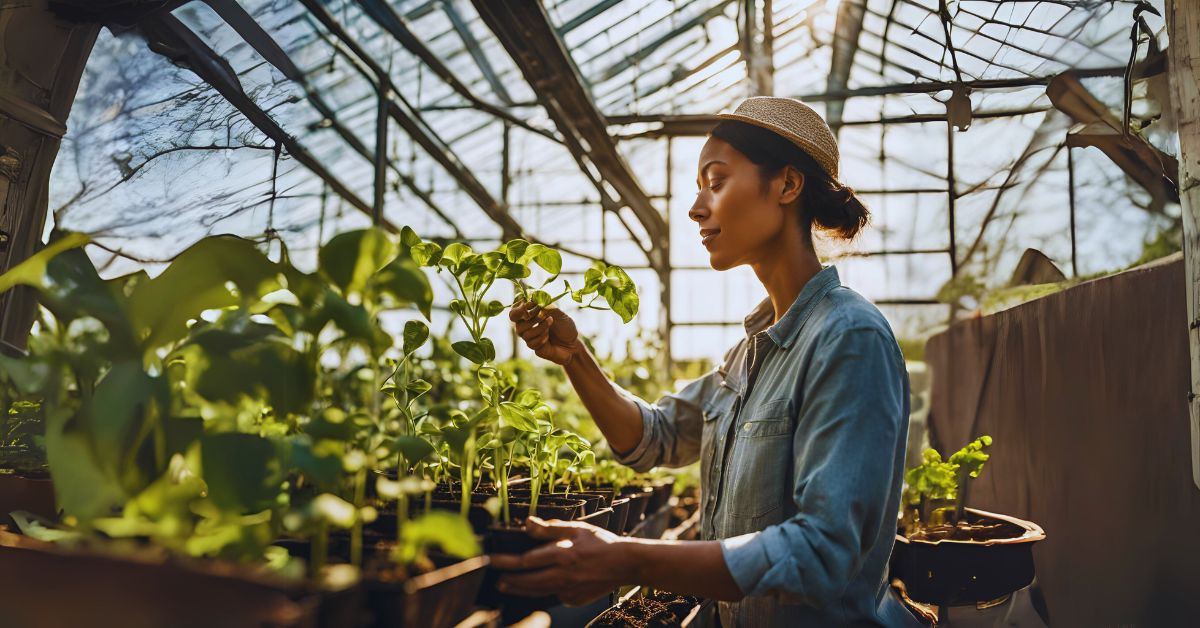
“Seedlings are Leggy” describes plants that are excessively tall and spindly. Because their stalks aren’t strong enough, leggy seedlings may droop and have fewer, lighter, light-green to yellow leaves, according to horticulture specialist Larry Stein, Ph.D., of the Texas A&M AgriLife Extension Service. Common herbs like basil, cilantro, dill, tomatoes, peppers, and greens frequently experience this.
Can Leggy Seedlings Recover | Consequences of Leggy Broccoli Seedlings
Although it doesn’t indicate that your plants are dying, a languid growth habit indicates potential issues. According to Carrie Spoonemore, co-creator of Park Seed’s From Seed to Spoon app, “legginess can result in delayed fruiting and reduced yield for vegetables.” “On weak, extended stems, the plant could struggle to support heavy fruits. Leggy plants frequently produce fewer blooms because they focus on stem extension rather than flower formation.
Furthermore, weaker stems are more likely to break and are less resilient to insect and disease damage, all of which reduce the longevity of your plants. “sunflower seedlings drooping plants often have less vigour, meaning they are less robust and less capable of recovering from stress or damage,” Spoonemore explains.
How to Thin Zinnia Seedlings | Lighting Solutions for Starting Seeds Indoors
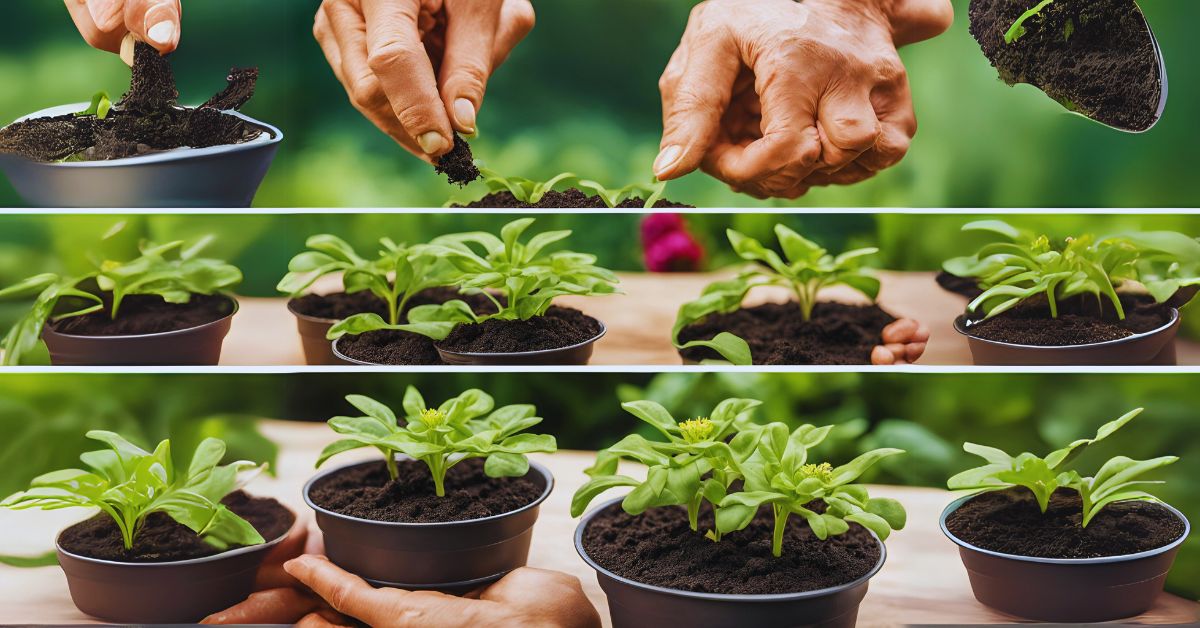
Providing seedlings with a loving habitat doesn’t have to be costly or complicated. We can start seeds with far less than commercial greenhouse operators, who utilize harsh lighting and environmental controls to grow ripe tomatoes indoors in January.
About 12 hours a day of consistent, bright illumination is ideal for seedlings, but just because it appears bright to humans doesn’t imply it is to the plant. Light levels that are photosynthetically active are challenging for our eyes to detect. But when the plants have had enough, we may let them tell us. They have what they need if they are robust, deep green, and active.
You can use a phone app to measure light for more precise measurements. Make sure that the device monitors PAR or photosynthetically active radiation. Photography apps aren’t appropriate, but that’s a blog post for another time.
Standard fluorescent lights in shop light fixtures can adequately boost seedlings’ indoor growth for the first few weeks. They are inexpensive to purchase new or secondhand (check your local online marketplace for them), lightweight, easy to hang, and use little electricity. A ready-to-use system can also be purchased.
Long fluorescent lamps are being replaced by LEDs, which are slightly more costly but last almost indefinitely. From a seed-starting perspective, you might never have to purchase another one. Look for fixtures that resemble lengthy shop lights; they should be reasonably priced.
Numerous do-it-yourself videos explain how to put them up, but two easy and dependable methods exist for illumination.
- Use a rope or chain that can be adjusted to hang the lights. As the seedlings grow, the fluorescent lamps should be adjusted higher and hang just a few inches over the plants.
Like the radiant heat from a campfire, which is less powerful ten feet away than it is up close, light is energy that dissipates the further it is from the source. Legginess will return if the lights are hung too far away.
- Connect a timer to the lights. Since I run multiple fixtures, I plug many fixtures into a power strip. A timer is connected to the strip. I forgot about it after setting it for twelve hours.
Place the power strip somewhere you won’t drip water on, and don’t exceed its rating.
Avoid using outdated incandescent light bulbs, even though LED and fluorescent light fixtures perform well. They are inefficient and produce too much heat so that you may roast your seedlings.
See our other articles for information on hardening seedlings stunted before transplanting and avoiding damping off for strong, healthy seed starts.
How to Prevent Leggy Seedling?
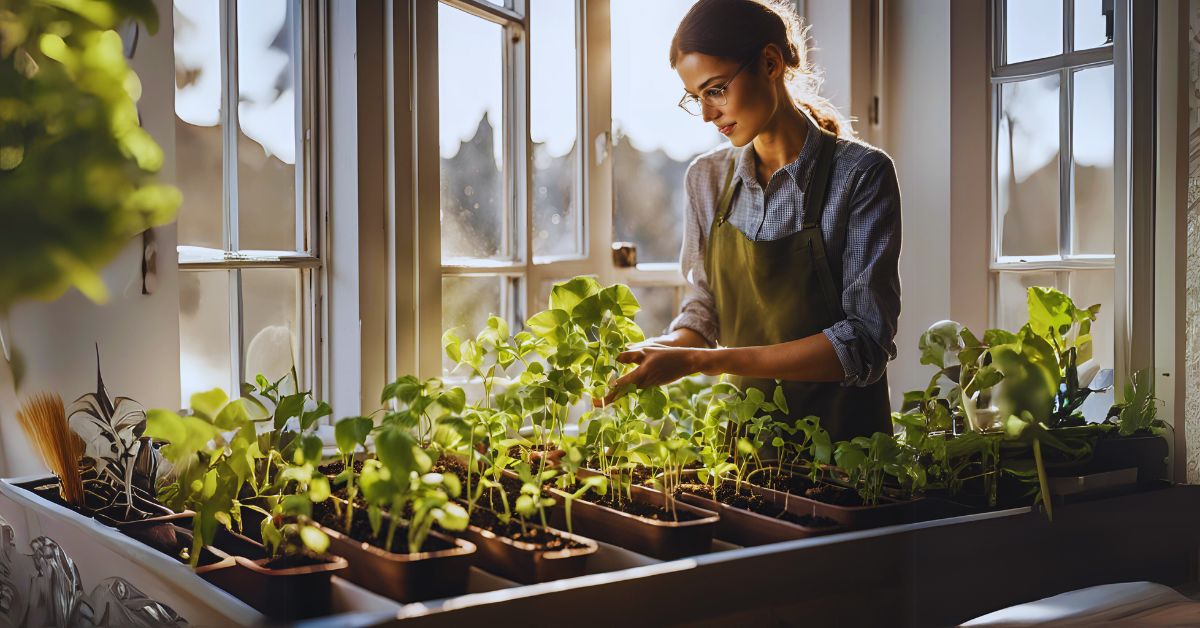
Leggy Seedling sown in unsuitable settings will likely grow tall and frail. The primary cause is insufficient light, as the plant extends to locate the sun. However, legginess can be exacerbated by overpopulation, indoor conditions, inadequate diet, and overwatering.
- Provide Adequate Light
Ensure your seedlings have access to enough sunlight, even if that means using grow lights. “The seedlings can be germinated in less than normal light, but once emerge, they need to be exposed to as much light as possible,” Stein explains. It applies to both shade-tolerant and sun-loving plants.
- Manage Water and Nutrients
A lack of sunshine mainly causes legginess, but overwatering can make a plant grow unsteadily. “The plants need oxygen to take up water and nutrients, and, hence, too much water can hinder growth,” adds Stein. “Use a diluted water-soluble nutrient solution to water the plants every three to five days to ensure adequate nutrition.”
- Adjust the Temperature
Either too much or too little warmth can impact a seedling’s growth. “The growing conditions need to mimic the regular growing conditions of the plants,” Stein states. Warm-season plants need adequate heat, and vice versa for cool-season plants, like spinach.
- Improve Airflow
As seedlings wobble somewhat in the breeze, exposure to airflow, such as that provided by a fan, promotes the growth of stronger, thicker stems. “This movement mimics the natural environment, making the plants more robust and less prone to becoming leggy,” explains Spoonemore.
- Don’t Crowd the Seedlings
When placed too closely together, seedlings compete for resources like sunshine. Spoonemore advises against overcrowding, which can lead to light competition and cause legginess.
- Pinch Your Seedlings
If you discover that your seedlings are lanky, you can pinch them back to encourage bushier growth once they are at least 3 inches tall, adds Spoonemore, who advises thinning off the weakest plants.
- Apply a Balanced Fertilizer
Spoonemore advises using a balanced 10-10-10 fertilizer when treating your seedling because too much nitrogen can encourage legginess.
- Plant Them Deeper
“Some varieties, like tomatoes, peppers, and brassicas, can be planted deeper to help them develop stronger root systems and sturdier stems if seedlings become leggy,” Spoonemore explains.
How to Prevent Leggy Lettuce Seedlings?
As soon as seedlings germinate, give them lots of bright light. A newborn sprout can become permanently lanky after just one or two days in the dark!
When starting seeds indoors, plan to give seedlings extra light, sometimes known as a “grow light. ” Regretfully, a sunny window usually doesn’t supply enough light.
- Turn on the grow lights as soon as your seeds begin to sprout. If you’re concerned about missing this critical moment, turn on your grow lights a few days after seeding (before they sprout). Even while most seeds don’t require light to grow, the light will be on and ready for them when they do!
- Soon after the seedlings sprout, remove any cover (such as a humidity dome or other covering) placed over your seed starting tray to facilitate germination, mainly if it is opaque.
- Keep the grow lights low over the seedlings. If hung too high, seedlings may become lanky even with a highly bright grow light. LED lights typically need to be higher to prevent the plants from burning, although most fluorescent lights can remain as near as a few inches above seedlings. Observe the guidelines provided by the light’s manufacturer. As your plants get higher, raise the lights as necessary.
- At least 12 hours of bright light (14–16 hours is better) and 8 hours of darkness should be provided. I strongly advise using a basic light timer but don’t worry about it.
- Direct-sow seeds outside at the appropriate time of year for the plant variety and your zone and in a spot with enough sunlight. Particularly in a garden area that receives partial or complete shade, starting seeds outdoors in the winter—when daylight hours are typically shorter—can result in dissatisfied seedlings. Step-By-Step Guide To Freeze Parsley Cilantro Chives Herbs
This article discusses the main distinctions between LED and fluorescent lights, ratings, best practices, and common grow light options. It also provides more information on how to choose and use grow lights.
Can you Bury Leggy Seedlings and How deep can you plant leggy seedlings?

The size of the seedlings stunted, and the kind of plant will determine that. The objective is to sufficiently bury the lanky seedling stem to prevent top-heavy growth and enable the plant to thrive. If not, I take the precautionary route and don’t bury them more profoundly than is required.
- Most common garden vegetables don’t mind if their stems are wholly or partially buried until they have their first set of genuine leaves (or lateral branches). It can be done with peppers and brassica vegetables, such as cauliflower, broccoli, Brussels sprouts, collard greens, and kale.
- To sustain the weight of the vegetable on the soil surface, you should bury it up to the point where the stem branches and starts to create the main crop if the vegetable should ordinarily form a head or bulb directly at the soil line. Take, for instance, a head of kohlrabi, cabbage, bok choy, or lettuce.
- Some seedlings can be planted even deeper. Two excellent examples are tomatoes and tomatillos. Because of their beneficial root systems, cutting off the lowest branches and burying lanky tomato seedlings past that point (planting up to half of the plant underground) is customary. The submerged part of the stem will sprout new roots for tomatoes and tomatillos! A plant with more roots is more vigorous and healthier.
- Deeply burying seedlings of plants, like flowers or herbs, that will eventually grow tall branching stems well above the soil line is not as important.
- RegI has heard mixed opinions about how well cucumber, squash, and eggplant seedlings tolerate deep planting (because they might be more likely to rot). As a result, if necessary, very lightly bury those in soil that drains well and won’t retain much moisture around their stems.

